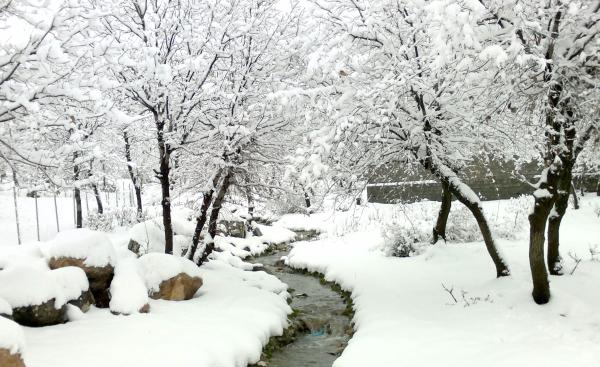New research from Transylvania (that's part of Romania for you non-Dracula aficionados) is all over the news. Just a brief survey reveals that The Washington Post, the New York Post, The New York Times and even more, are reporting the results of a study by Romanian researcher Dr. Istvan Mathe and colleagues. No, they haven't found the cure for cancer or the way to stop aging — nothing so serious.
Provoked by seeing his children eating snow, Dr. Mathe, a professor at the Department of Bioengineering, Sapientia Hungarian University of Transylvania, was concerned about the cleanliness of the snow. This is not his typical topic — he does research in Microbiology and Biotechnology; for example, a current research topic is "Phenol degradation kinetics by different bacterial strains and application to enhance bioreactor performance via bioaugmentation."
Dr. Mathe and colleagues tested snow in a Transylvanian park and a Romanian city during January and February 2017 — the temperatures ranged from about 1o to 30oF. Snow was sampled at various time points after falling, sealed in vials, and incubated to see what bacteria (if any) grew in their samples. According to reports, after a half day, the snow sampled in January grew only five bacteria per millimeter; after two days there were dozens. Also, snow gathered in January grew fewer bacteria than that gathered in February. The colder temperatures occurred in January, so they concluded that the colder the day, the safer the snow.
So, if we can extrapolate from Transylvania to New York if you see your kids (or even if you want to imbibe) nibbling snow in Central Park, it's ok on the really cold days, but only if the snow has fallen recently. Also, if it's yellow, don't eat it.




